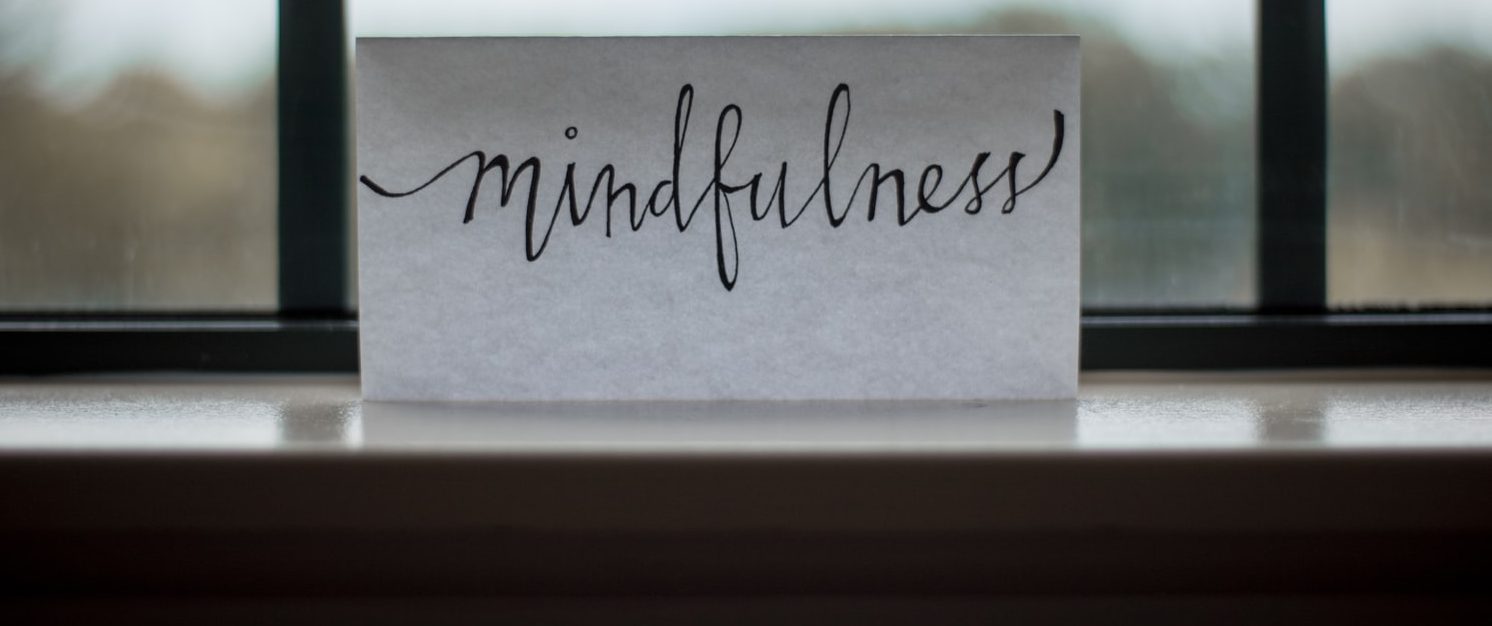Editor’s Note: To help our community navigate these unprecedented times, we’ve refreshed some of our best content that educates, uplifts and unites the government workforce.
The gut-wrenching pang of missing a deadline or receiving harsh criticism is an unfortunately familiar human emotion. Urgent projects, miscommunication with your supervisor and the pressure to exceed expectations can take away from your ability to produce high-quality work. Overthinking and living in the past often cause these dilemmas to plague your entire day, making it difficult to bounce back.
But improving focus, communication and stress management to reset your negative mindset only takes a few moments. Mindfulness, the focused awareness in the present moment with curiosity, clear-headedness and compassion, can help you overcome common obstacles such as constant interruptions and burnout culture that impede productivity.
“As people, we’re predisposed to value or label something as good or bad,” said founder and principal of the organizational strategy and innovative coaching group Novos Consulting, Frieda Edgette. “[Mindfulness is] really about suspending or creating some space between a judgement and getting curious.”
At Gov Takes a Breather: A Practice in Mindfulness, a GovLoop and NextGen online training on Tuesday, Edgette shared five practical ways that public sector employees can incorporate mindfulness into their daily routines to combat frustration.
16 Second Public Servant Pause
Sit up straight in your chair and release any tension you may be holding. Take a moment to connect with your breath and become aware of yourself breathing in and out. Breathe in for six seconds, hold your breath for four seconds and exhale for six seconds. According to Edgette, this short exercise can neutralize anxiety and weariness.
Mindful Minute
This practice involves expanding the 16 seconds to a full minute. Maintaining the same composure from the previous exercise, count each time you exhale for 60 seconds. This gives you a moment to calm down when you’re feeling stressed out or overwhelmed at work without taking up too much time.
Curiosity Cue
Create a go-to question that you can ask your colleagues to make a welcoming space for gaining information. This cue should be short and open-ended to let your coworker explain a situation and help you gain empathy for their circumstances. Examples include:
- Help me understand.
- How come?
- What else?
The 3 Powerful Questions
First, write down a challenge that you’re facing in the workplace. Then, ask the following questions to shift your mentality away from stagnate frustration and toward a worthwhile response:
- What can I control?
- What can’t I control?
- Based on what I can control, what action will I take?
TADDA!
Choose a word that you feel comfortable saying whenever you make a mistake or are uncertain about the path ahead. It could be an expletive, an onomatopoeia or an exclamation. Say this word whenever you’re doubting yourself or misjudge a situation as a way to release the feeling and move on.
Developing these patterns takes persistence and stamina, but as you become a calmer, more focused person, these attitudes will likely start to rub off on your coworkers. Edgette recommends practicing at least one of mindfulness exercises daily to build it into your routine and, ultimately, your workplace culture.
This story was originally published Aug. 20, 2019.




It is so important to find time for mindfulness in the workplace – thanks for the insight!
Love these tips! Thanks for sharing!
thank for the informations